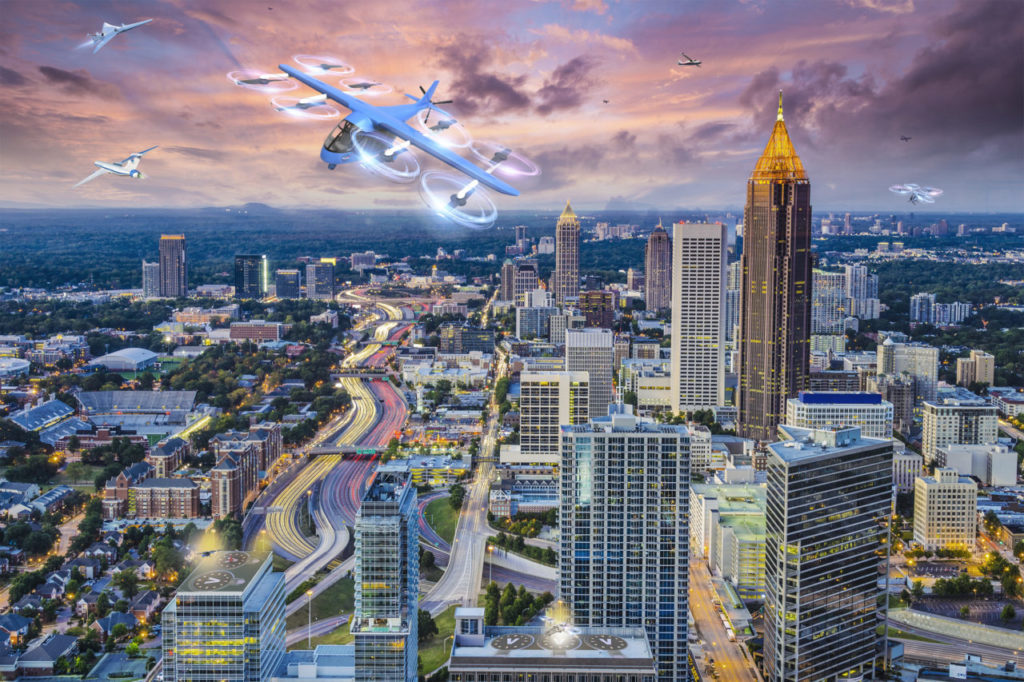While the buzz surrounding Urban Air Mobility (UAM) is ever louder, Federal Aviation Administration (FAA) Acting Administrator Daniel Elwell on June 11 said his agency is taking a “crawl, walk, run” approach and that UAM is still in the crawl stage.
In a discussion with Eric Allison, the head of Uber Elevate, on day one of the Uber Elevate Summit 2019 in Washington, D.C., Elwell said he wants to promote a “safety culture” at FAA — a culture that likely means no densely packed cities will see swarms of air taxis anytime soon.
Nevertheless, as Elwell noted, the FAA is trying to move past its history of taking up to six years to write a rule and a dozen years to certify a new aircraft. “Product cycles can be measured in months now,” he said. “We don’t have the luxury of so much time any more, but ensuring safety is paramount.”
As part of the shift at the FAA, the agency has moved from being a “forensic,” post-accident safety agency to a “data analytics agency” that gathers data to correct trouble spots before accidents happen, Elwell said.
Uber has praised Elwell for supporting technological advancement and innovation and working to accelerate new aviation technologies.
In the future, “performance-based rules” will be “the backbone of how UAM vehicles will be built,” Elwell said.
As for the “walking” stage, that will come for semi-autonomous air vehicles in semi-densely populated zones.
“Walking and running will require that these highly autonomous air vehicles meet the FAA’s and the public’s expectations for safety,” Elwell said. “Those expectations are very high.”

An illustration of downtown Atlanta, Georgia with air taxis in the skies. (NASA)

Want more eVTOL and air taxi news? Sign up for our brand new e-letter, “The Skyport,” where every other week you’ll find the most important analysis and insider scoops from the urban air mobility world.